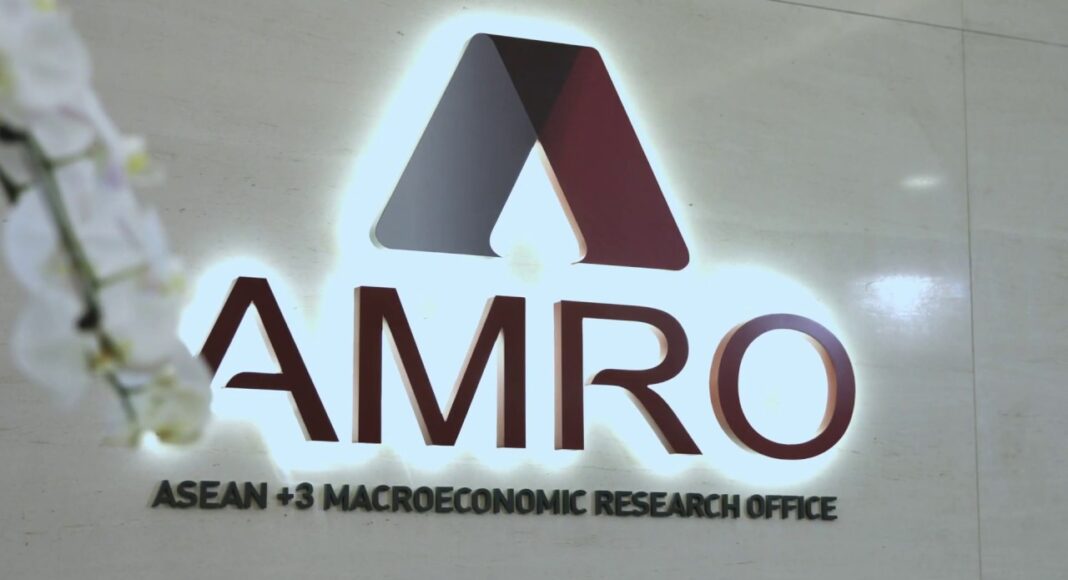A study by the ASEAN+3 Macroeconomic Research Office (AMRO) has found that intraregional tourism within ASEAN+3 countries was ‘particularly strong’, except for China, where the recovery of outbound tourism has significantly lagged.
The object of the study includes member states of the Association of Southeast Asian Nations (ASEAN) plus three relevant economies: China, Japan, and South Korea (Plus-3).
According to the study, tourist arrivals across the region have, on average, exceeded 70 percent of pre-pandemic levels in 2023. The share of tourists from ASEAN has exceeded the pre-pandemic share for all regional economies as of September 2023, while the share of tourists originating from China ‘reached only about 25 percent of pre-pandemic levels.’
The research team, when sharing the key factors that shape the region’s near-term outlook, indicates that tourist arrivals to the region are poised to see a full recovery in 2024–2025. The resumption of flights and normalization of travel patterns toward pre-pandemic trends are expected to proceed further.
‘Tourist arrivals from China to the region are likely to increase as authorities in the region lift or ease visa requirements for visitors from China and vice versa.’
Currently, China has entered into agreements of mutual visa-free policies with Malaysia, Singapore, and Thailand. The policy is expected to enhance mutual travel this year.
AMRO also notes that high tourist arrivals from other ASEAN+3 economies and major economies outside the region, which drove tourism recovery in 2023, would remain significant drivers of tourism in 2024–2025.
‘The full resumption of cross-border physical activities, including trade exhibitions and concerts, would boost demand for the Meetings, Incentives, Conferences, and Exhibitions (MICE) industry. For example, most MICE venues in Malaysia have been fully booked for 2024, and all ASEAN-5 economies will be hosting multiple major concerts by various international artists throughout the year.’

Faster growth pace
The same study notes that ASEAN+3 is expected to grow at a faster pace of 4.5 percent in 2024, before moderating to 4.2 percent in 2025.
According to the study, ASEAN+3 registered stronger growth of 4.3 percent in 2023—an increase from 3.2 percent in 2022—driven by robust domestic demand amid weakness in exports.
Among the ASEAN+3 countries, the Philippines is expected to experience the highest economic growth in 2024, with the Philippines projected to grow by 6.3 percent.
Cambodia and Vietnam are expected to have the second and third highest growth rates this year in ASEAN, with expected GDP growth of 6.2 percent and 6 percent respectively.
Despite the headwinds, China is still projected to have a GDP growth of 5.3 percent, followed by Indonesia with 5.2 percent and Malaysia with an expected growth of 5 percent.
Japan, South Korea, and Thailand are projected to have the lowest GDP growth in 2024, with only 1.1 percent, 2.3 percent, and 2.9 percent, respectively. The GDP projection excludes Laos and Myanmar.











